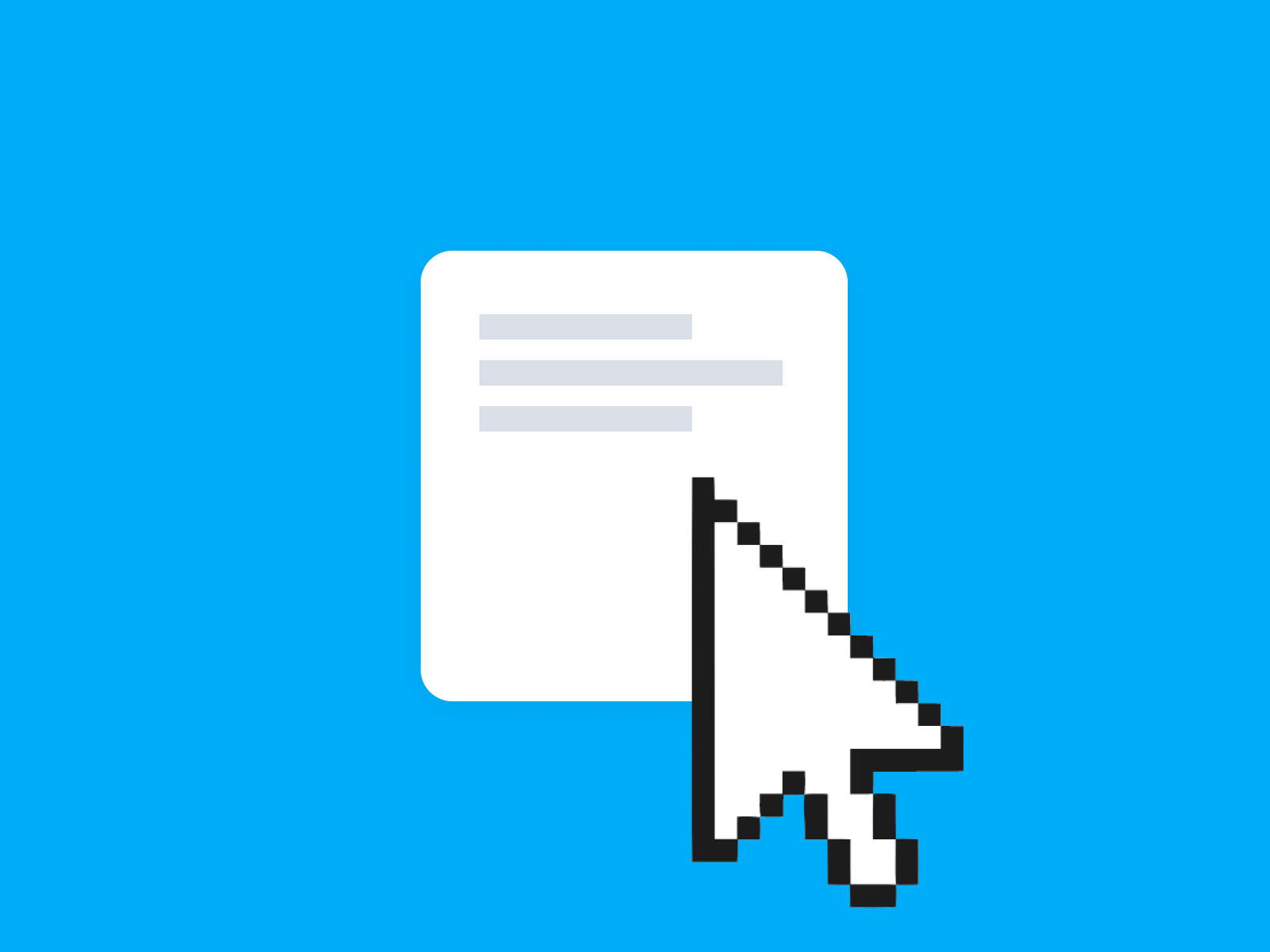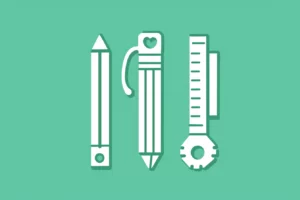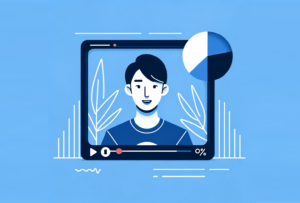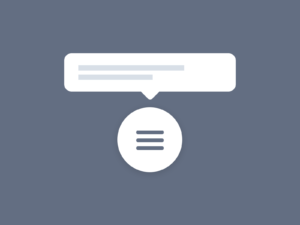In the digital-savvy era, having a great website is the key to offering excellent user experience and higher search engine rankings. When planning a web design project, there are key challenges to consider.
Failing to address these challenges at the right stage can result in a waste of time, money, and effort. Apparently, you would need to redesign the website from scratch.
To save you from such inefficient practices, we compile a list of challenges that you can face as a website designer. Moreover, we outline some potential ways to overcome these challenges and complete the project successfully.
Table of Contents
Designing for Your Audience
Brand recognition is certainly the core purpose of designing a website. But a successful site should also attract users and convert them into buyers. The challenge here is to understand your target users and determine their goals to establish a connection and improve credibility.
In order to design a powerful website, make sure to ask who it is for and what is the purpose behind developing the website. It will allow you to understand the core requirements of the business and meet design specifications accordingly.
Getting Equipped With Tech Stack
Building a skilled team with creative capabilities is another challenge you can face in your web development project. Finding people with specific skill sets is difficult. Additionally, you will have to decide on the technology stack for your project.
The tech stack you use can greatly impact the website speed. However, other factors also minimise the website downloading speed. If you feel that the website is slow, check how the Mac terminal kill process consumes the system resources if you are using a MacBook.
Making the Website Easy to Navigate
Smooth navigation is important to allow people to get around the website and seamlessly find the information they are looking for. The website should be simple to browse for all kinds of users, regardless of the operating system they are using.
When designing menus, use descriptive names that are relevant to your product or services. Include a navigation footer, search bar, and logical internal links, so visitors can browse and scroll the site easily and smoothly.
Ensuring Better Accessibility
Users with visual or other impairments will find difficulty in browsing the website if the colours, typefaces, and other multimedia elements are complex. Websites with better accessibility scores can target and reach a wider audience.
To tackle this problem, it’s important that you take the potential accessibility issues into account and work on all possible ways to improve accessibility. Use accessible, high-contrast colours with readable fonts so that the content is easily viewable.
Incorporating SEO Best Practices
As a designer, you must understand the importance of Search Engine Optimization in the website. Forgetting to build SEO techniques in your website design is another challenge that web designers face and should be taken into account.
The solution is simple, develop a robust SEO strategy and leave scope for SEO experts to implement it while optimising the site. This requires using headings, incorporating alt text for images, prioritising speed, and creating index-friendly sites.
Maintaining Site & Data Security
Many designers find it difficult to ensure that the site incorporates the best security standards and is secure. Cyberattacks can harm your business reputation so security should be the priority. Select the plugins carefully as it could expose your site to vulnerabilities.
A number of factors are attempting to threaten your website’s security. Ensuring website security should not add cost to your budget. The potential ways to secure your website are adding an SSL certificate, updating the site frequently, and more.
Ensuring Responsive Web Design
Another biggest challenge is to ensure that your website loads quickly on all browsers and digital devices. The website must look good and responsive on all screen sizes including phone, tablet, and computer running on different operating systems.
To build a responsive website, develop wireframes and mockups before implementation. Navigation should be self-explanatory and intuitive on any screen size. Also, check if the media types are compatible with all browsers.
Developing A Website that Converts
Having a beautiful design is of no use if it doesn’t convert and retain customers. Most websites fail to serve their purpose when it comes to conversion rate optimization. That’s because the design team ignores interpreting user needs during the design stage.
To overcome this challenge, designers must know their audience’s pain points. Create targeted landing pages to capture intended traffic. Keep your text informative and use the right balance of text and images. Include well-placed CTAs throughout the website.
The Conclusion
As a designer, you will experience different web design challenges at every stage of the development process – from design conception to final delivery.
To stay up-to-date with modern technologies, web designers need to stay up-to-date with the latest trends in the industry.




